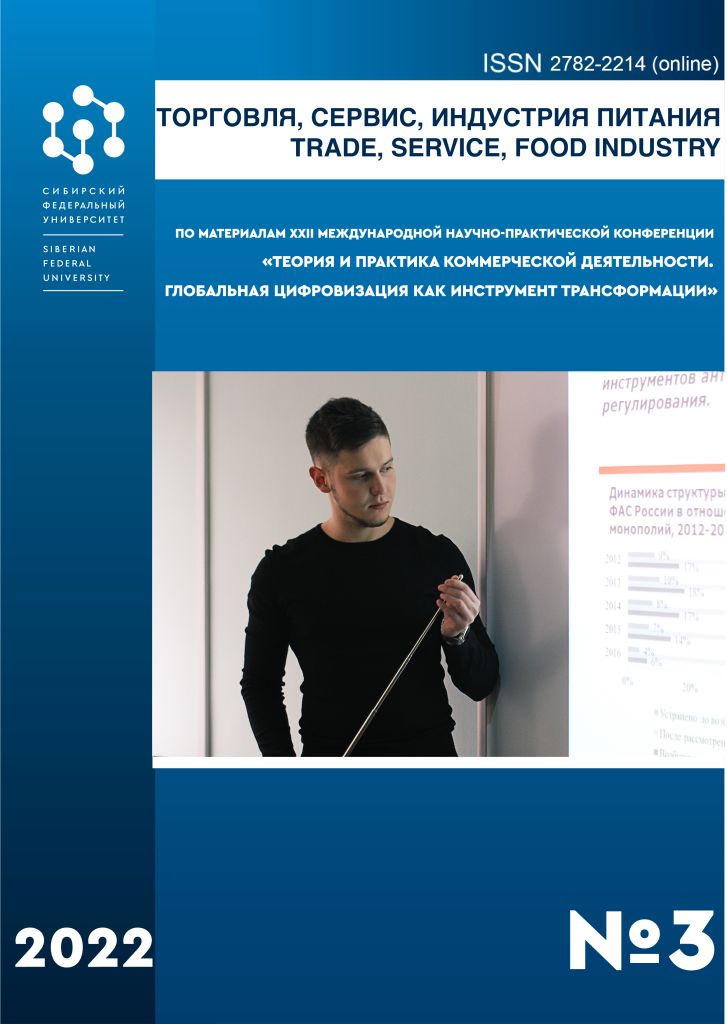Russian Federation
The distribution of products of confectionery companies in the modern conditions of the development of digital marketing tools has led to an acceleration in the process of purchasing products by consumers due to the development of both marketplaces and online stores. By collecting and analyzing information from open sources, as well as by interviewing employees of confectionery companies, it is assumed that the development of digital technologies in a confectionery company allows them to be used more efficiently in their sales activities. The purpose of the article is to consider digital marketing technologies in confectionery companies in modern conditions and how it affects sales volumes. The activity of organizations through the 4P model is considered, the author's vision for the digitalization of commodity-money relations and its impact on confectionery manufacturers is outlined. The tools of digital promotion are structured, an explanation of their specifics is given, and an assessment of the use of these tools by confectionery companies is given. It is also noted how certain tools affect the company as a whole. The hypothesis of their influence on the economic and financial performance of companies is put forward, among the issues put forward for discussion is the assumption that the introduction of digital sales technology and distribution channels is the most promising for confectionery manufacturers to transition to the traditional zero level of distribution.
internet technologies, confectionery, digital technologies, zero level of distribution
1. Edelman, D., Singer, M. (2015). Competing on customer journeys. In: Harvard Business Publishing Education. Marketing.
2. Rangaswamy, A., Moch, N., Felten, C. (2020). The Role of Marketing in Digital Business Platforms. In: Journal of Interactive Marketing, 51.
3. Hurskaya, S. P., Semenyuta, A. N. (2017). Marketplaces - a new segment in e-commerce. In: Problems and prospects of e-business, 26-30.
4. Vasina, V. A., Chernyshova, A. M. (2019). Hidden marketing and native advertising. In: Problems of modern science and education, 3 (136).
5. Radkovskaya, N. P., Klochkova, E. N., Lvova, Yu. N. (2021). Digital transformation of the Russian financial market as a key strategy in the post-country period. In: Izvestia SPbSEU, 3 (129).
6. Muratova, E. A. (2019). Methods of internal and external search engine optimization of the site. In: Moscow economic journal, 9, 628-634.
7. Bakhtin, S. A. (2013) Economic aspects of advertising in social networks. In: Innovations and investments, 1, 119-124.
8. Bell, R., Buchner, A. (2018). Positive Effects of Disruptive Advertising on Consumer Preferences. In: Journal of Interactive Marketing/
9. Tappaskhanova, E. O., Tokmakova, R. A., Atabieva, A. Kh., Bischekova, F. R. (2020). In: Application of digital technologies in marketing, 10 (100) part 1, 164-168.
10. Brutyan, M. M. (2019) Digital revolution in marketing. In: Practical marketing, 2, 3-15.








